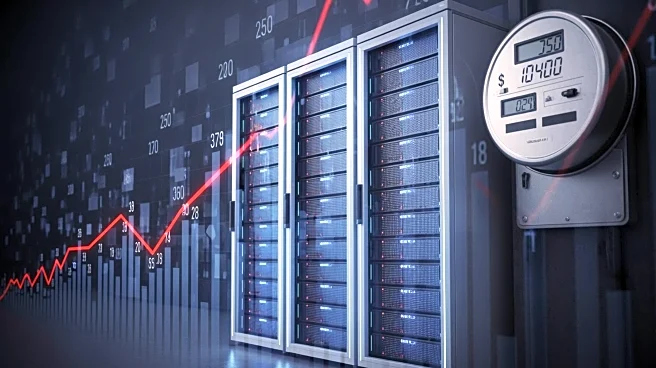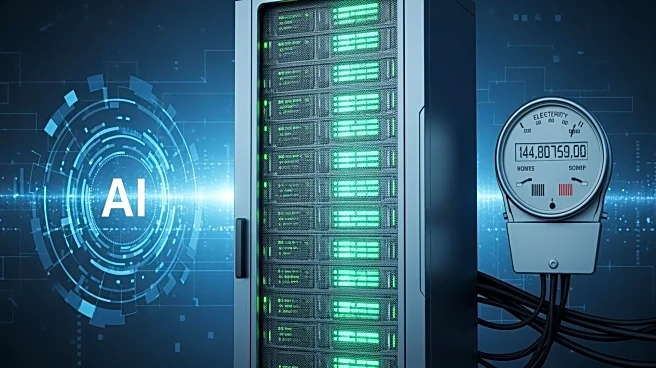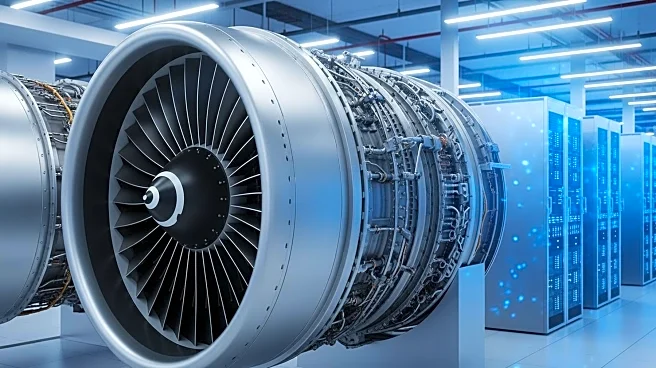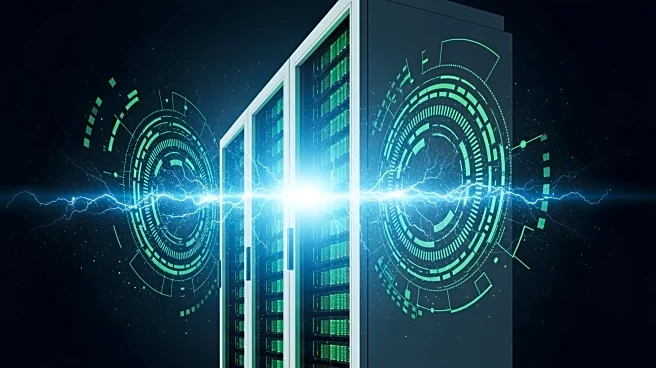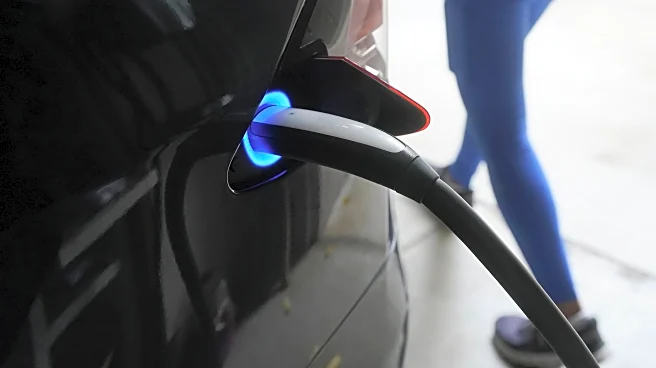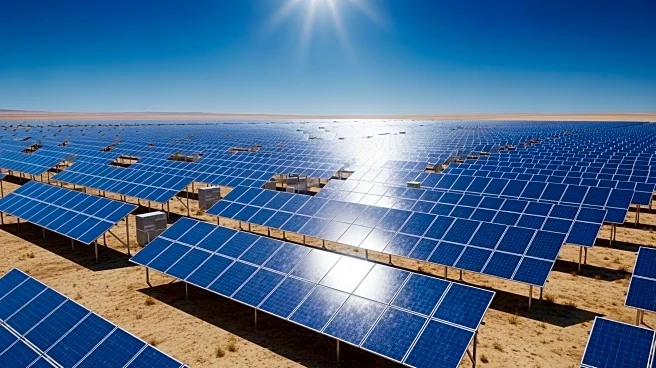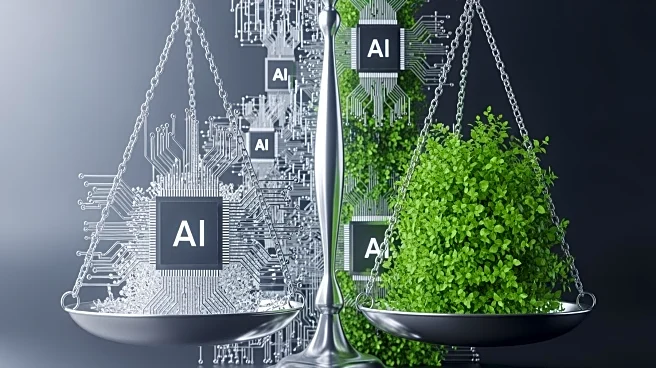What's Happening?
The rise of artificial intelligence (AI) data centers is significantly contributing to the increase in electricity bills across the United States. According to researchers at Berkeley, the power consumption
of data centers has more than doubled from 2017 to 2023. These facilities, which manage financial transactions and store digital content such as photos and videos, are expected to more than triple by 2028. This surge in demand is placing a strain on the power grid, leading to higher capacity costs and, consequently, increased utility bills for residential customers.
Why It's Important?
The growing energy demands of AI data centers have substantial implications for U.S. consumers and the energy sector. As these centers expand, they are likely to exacerbate the strain on the power grid, potentially leading to more frequent and severe power outages. The increased electricity costs could disproportionately affect low-income households, who may struggle to afford higher utility bills. Additionally, the energy-intensive nature of these data centers raises concerns about their environmental impact, as they contribute to higher carbon emissions unless offset by renewable energy sources.
What's Next?
As the number of AI data centers continues to grow, energy providers and policymakers may need to explore strategies to mitigate the impact on the power grid and consumers. This could include investing in renewable energy sources to power these centers, implementing energy efficiency measures, or developing policies to manage the growth of data centers sustainably. Stakeholders, including government agencies, energy companies, and environmental groups, are likely to engage in discussions to address these challenges and find solutions that balance technological advancement with environmental and economic considerations.
Beyond the Headlines
The expansion of AI data centers highlights the broader issue of balancing technological progress with sustainability. As society becomes increasingly reliant on digital infrastructure, there is a pressing need to ensure that this growth does not come at the expense of environmental health or economic equity. This situation underscores the importance of integrating sustainable practices into the development and operation of technology-driven facilities.
